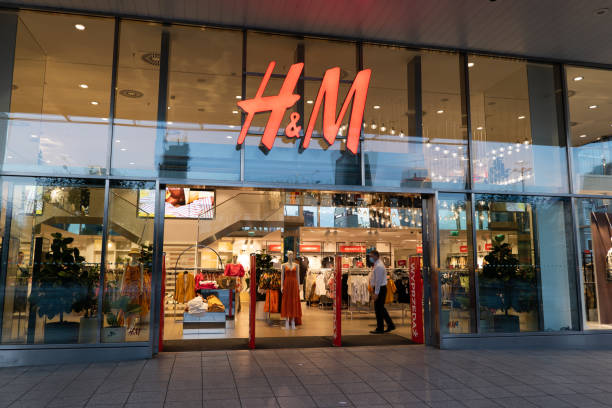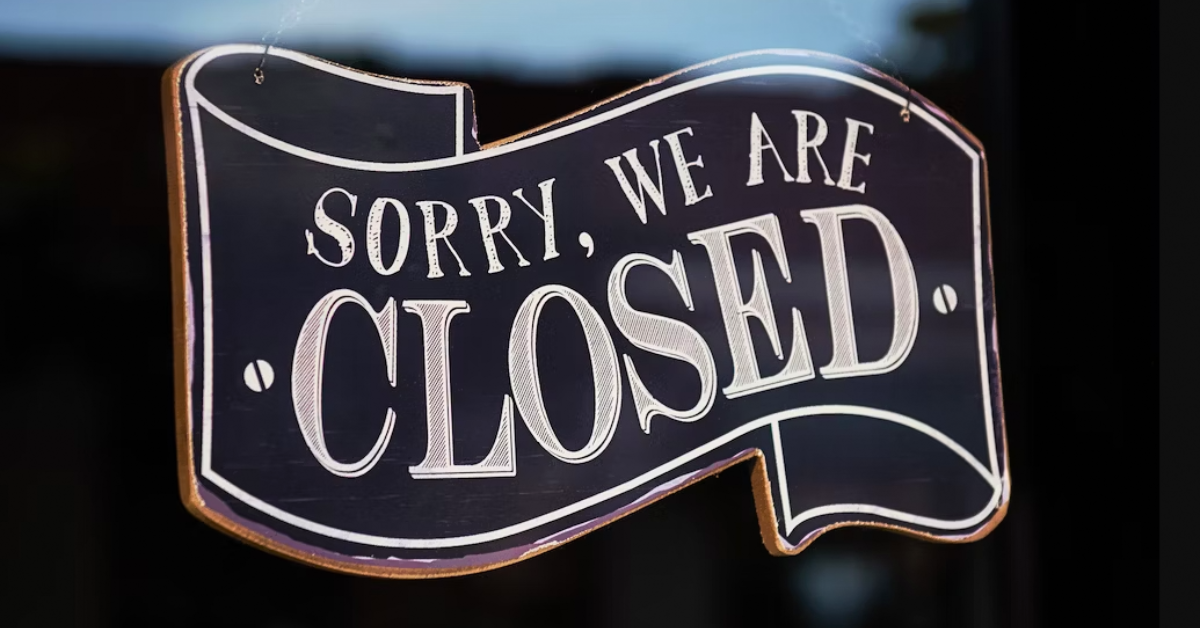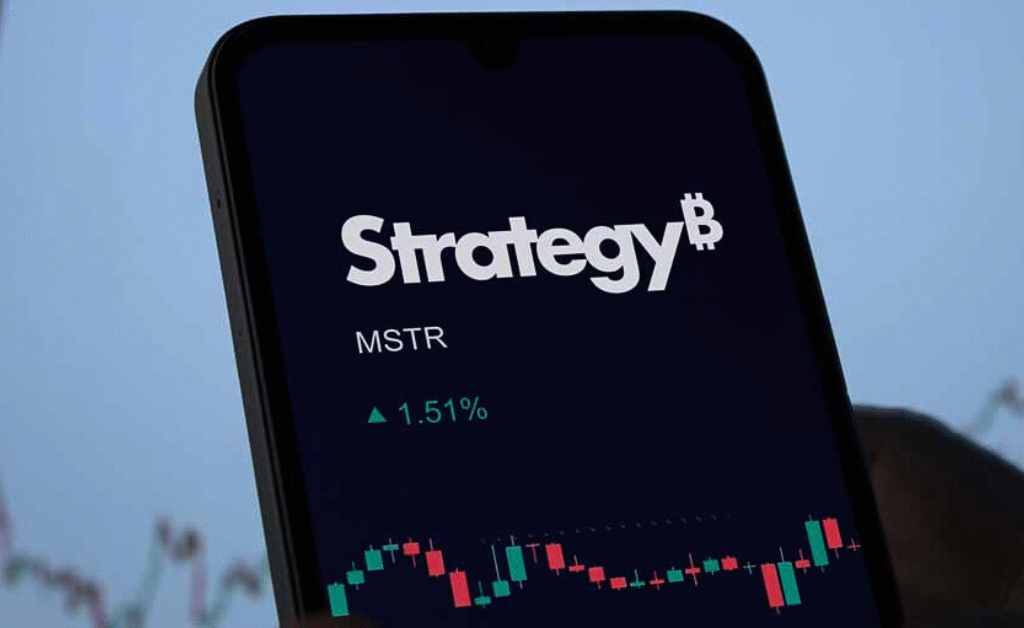- H&M will close just over 200 stores in 2025, deepening recent global shrinkage and hitting mature markets like Western Europe and North America.
- Monki’s standalone brick-and-mortar presence is ending; many stores will close and some will be folded into Weekday, online and in-store.
- The moves reflect fast fashion pressures—shifting shopping habits, sustainability scrutiny, and a push toward localized, more efficient store formats.
In an era where shoppers are increasingly torn between snagging a bargain and feeling good about where their clothes come from, the fast-fashion world just took another hit.
H&M, the Swedish giant that’s long dominated mall hallways with its racks of trendy threads, announced plans to close more than 200 stores this year.
But it’s not just trimming the fat—this move includes effectively ending brick-and-mortar operations for one of its edgier sub-brands, Monki, as it folds the quirky label deeper into its sibling, Weekday.
The FrankNez Media Daily Briefing newsletter provides all the news you need to start your day. Sign up here.
The news, tucked into H&M’s recent six-month earnings report, paints a picture of a retailer grappling with everything from wary consumers to broader industry headwinds.
It’s a stark reminder that even the biggest names aren’t immune to the squeeze on physical retail spaces, especially when sustainability scandals and shifting shopping habits keep making headlines.
The Closures: A Global Pruning with Local Pain

Let’s break down the numbers, because they’re telling.
H&M is eyeing the closure of “just over 200 stores” for 2025, with the bulk of those hits landing in mature markets like Western Europe and North America, where foot traffic has cooled off.
That’s on top of the 135 stores the company has already shuttered worldwide in the past nine months alone.
Many of those recent goodbyes were in Asia, Oceania, and Africa, but Europe felt the sting too—21 stores down there, including spots under the H&M banner and Monki.
Closer to home for U.S. fans, two iconic Manhattan locations are on the chopping block: the H&M on East 86th Street and another on Church Street, both slated to lock their doors by January 2026.
It’s the kind of news that hits hard in a city where fast fashion fuels impulse buys during lunch breaks.
As of May 31, 2025, H&M’s global footprint had shrunk to 4,166 stores—a drop of 153 from the year before, or about 4%.
In the first half of the fiscal year, they opened just 24 new spots (mostly in emerging markets) while waving farewell to 111 others.
On the flip side, they planned around 80 fresh openings in 2025, again leaning into growth areas.
It’s a calculated pivot: “The H&M group works continuously to adapt the store portfolio based on customers’ behavior in each market and is contractually able to renegotiate or exit around a third of leases each year,” the company explained in its report.
But here’s where it gets really interesting—and a bit bittersweet for Monki loyalists.
Monki’s Fade-Out: From Standalone Stores to Brand Blend
Launched back in 2008 as H&M’s playful, urban-leaning offshoot, Monki brought a youthful vibe with its bold prints and inclusive sizing.
At its peak, it boasted 48 stores as of November 2024. Now? H&M is “terminating” the chain’s physical independence.
“A large number of Monki stores” are part of those 200-plus closures, with only “a few” set to morph into Weekday outposts.
The rest? Straight-up shuttered.
This isn’t a full goodbye to Monki’s aesthetic—H&M is weaving it into Weekday, both online and in select physical spaces.
Their 2024 annual report spells it out plainly: “We will … integrate the Monki brand into Weekday … in stores and online.”
It’s a consolidation play, merging two brands under one roof to streamline operations without losing the quirky essence that drew in Gen Z shoppers.
For those wondering about the “why,” H&M keeps it straightforward: “In uncertain times with cautious consumers we monitor macroeconomic and geopolitical developments closely and continuously adapt both the customer offering and the business to meet our customers’ needs in the best way.”
Rebuilds, format tweaks, and lease exits are all in the mix, but the subtext is clear—bricks-and-mortar aren’t pulling their weight like they used to.
The Bigger Backdrop: Fast Fashion’s Rocky Road

Zoom out, and H&M’s moves mirror the turbulence rippling through fast fashion.
The industry’s been under fire for years over its environmental toll and spotty labor ethics.
“When an industry doesn’t care about how people are treated, no consideration of sustainability is possible. You can’t just care about the environment and forget about the fair and ethical treatment of people,” Simone Cipriani, a United Nations officer who helms the Ethical Fashion Initiative, told Earth.org.
Even insiders are calling for a rethink.
“What if we started by slowing down and not consuming so much stuff, just because it’s there and cheap and available. It’s amazing how that process makes sense financially, it makes sense ethically, and it makes sense environmentally,” said Andrew Morgan, director of the documentary The True Cost, in remarks compiled by Project Cece.
H&M isn’t ignoring the noise. In its earnings release, the company touted progress: “The integration of sustainability into our daily operations continues to deliver results.
The climate and environmental organization Stand.earth ranks H&M as number one among 42 fashion companies in terms of reducing climate impact.”
Still, challenges persist. Online sales haven’t fully offset the store losses, as noted by Sofie Willmott, content head of apparel at GlobalData:
“H&M’s online channel has not picked up the slack of store closures to the extent that it has at many of its multichannel competitors.”
To counter that, H&M is doubling down on localization—think smaller, community-tailored stores stocked with hyper-relevant picks.
“Customizing the shopping experience based on the local community’s needs and preferences is a way for stores to create a sense of familiarity and connection,” as PYMNTS.com put it.
Staff who actually get the neighborhood? That’s the secret sauce for turning browsers into buyers.
What This Means for Shoppers (and the High Street)
If you’re an H&M regular, expect fewer—but hopefully sharper—physical options.
The Monki integration could mean Weekday stores popping up with a hybrid vibe, blending streetwear smarts with Monki’s fun factor.
Online, the merger should keep the spirit alive without the trek to a store that might not stick around.
For the industry, it’s another signal that fast fashion’s old playbook—churn out cheap trends, flood the shelves—is fraying.
With rivals like Zara and Shein nipping at heels, and thrift apps luring deal-hunters away, H&M’s bet on efficiency and eco-cred feels like survival mode.
Will it pay off?
Early signs from their sustainability rankings suggest yes, but those cautious consumers aren’t spending freely just yet.
As H&M navigates this, one thing’s certain: the racks might thin out, but the conversation around what we wear—and how it’s made—is only heating up.
Keep an eye on those growth-market openings; they might just be where the next chapter unfolds.
Also Read: A Popular Bank is Now Quietly Closing 51 Branches











